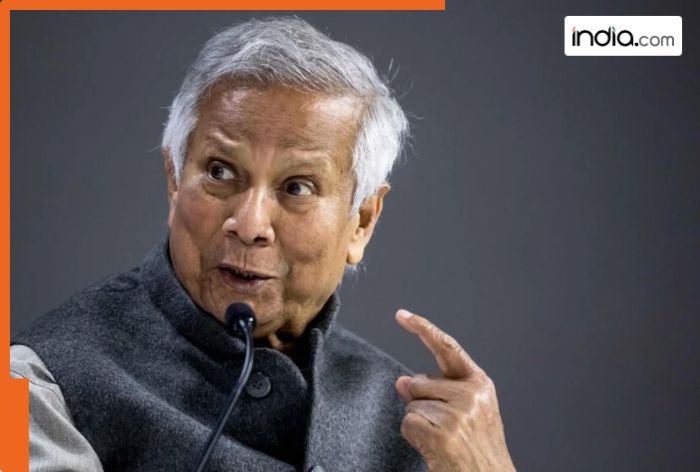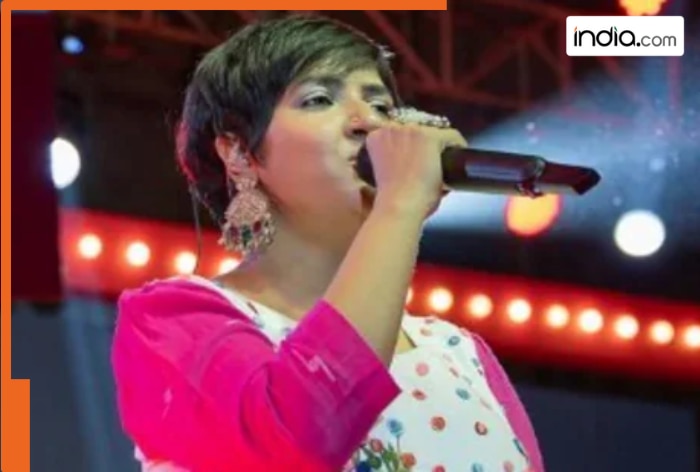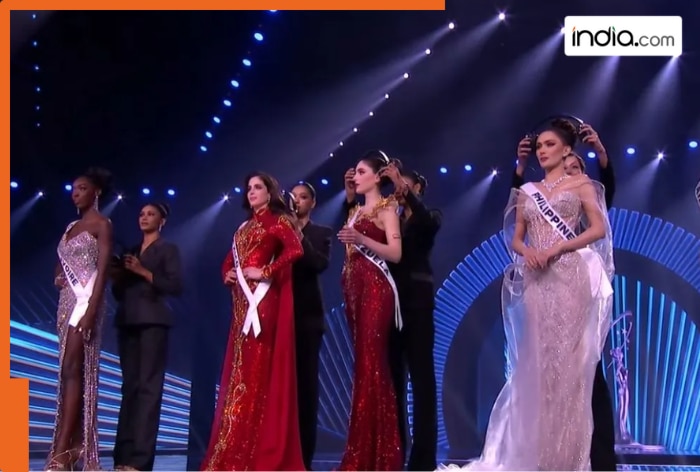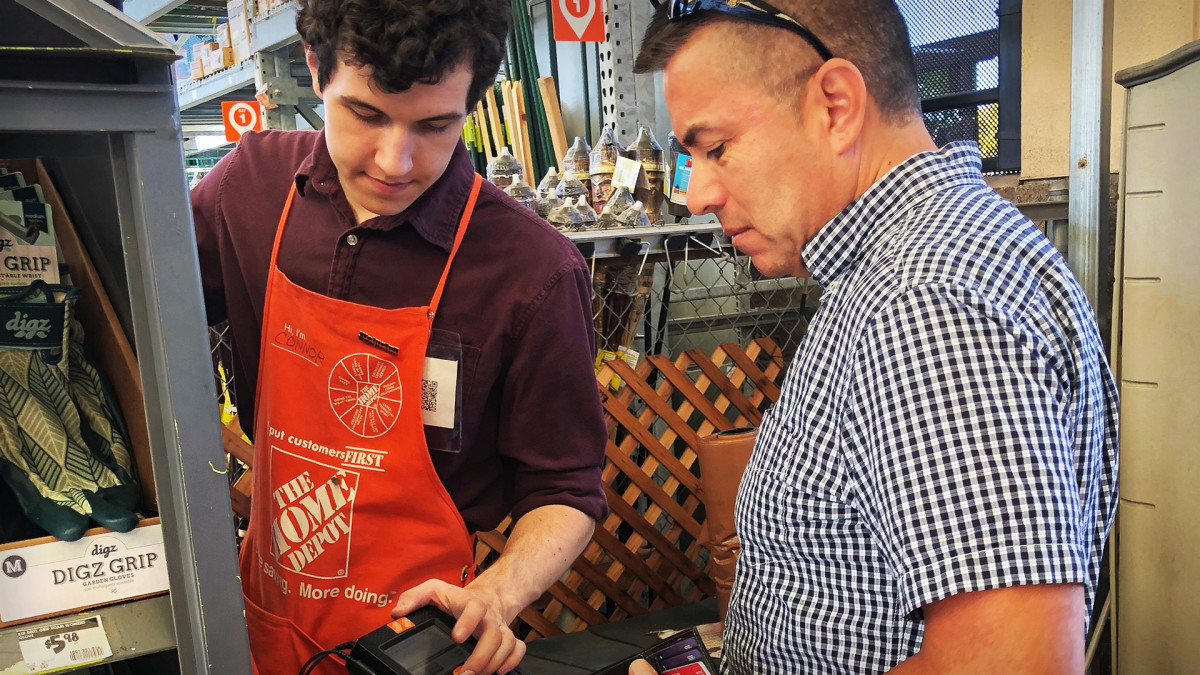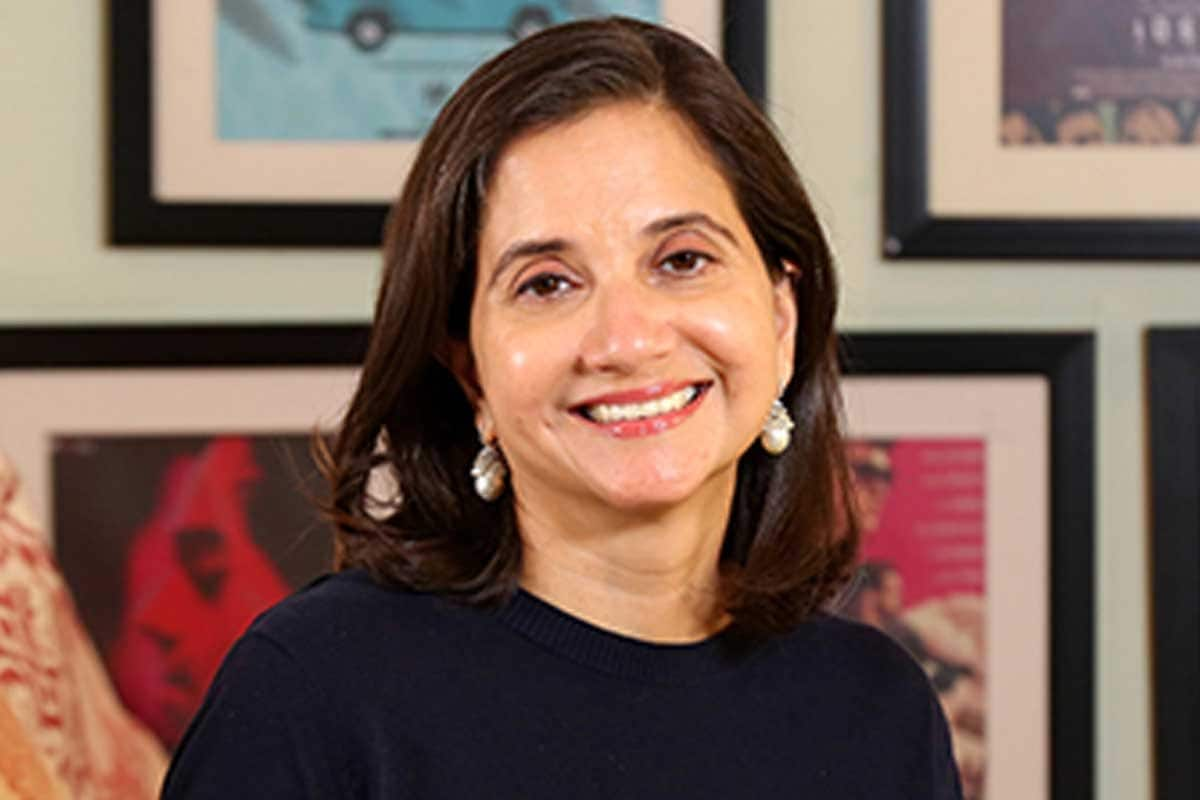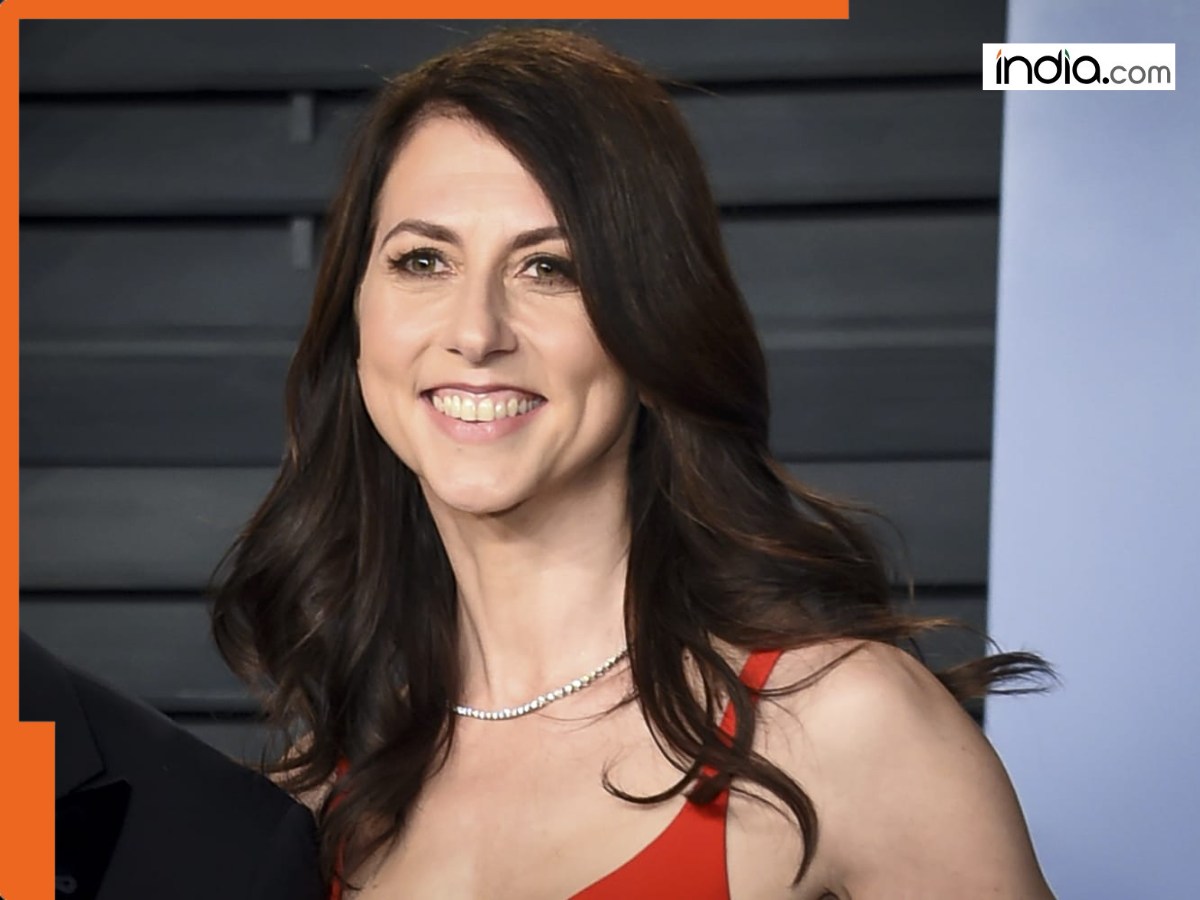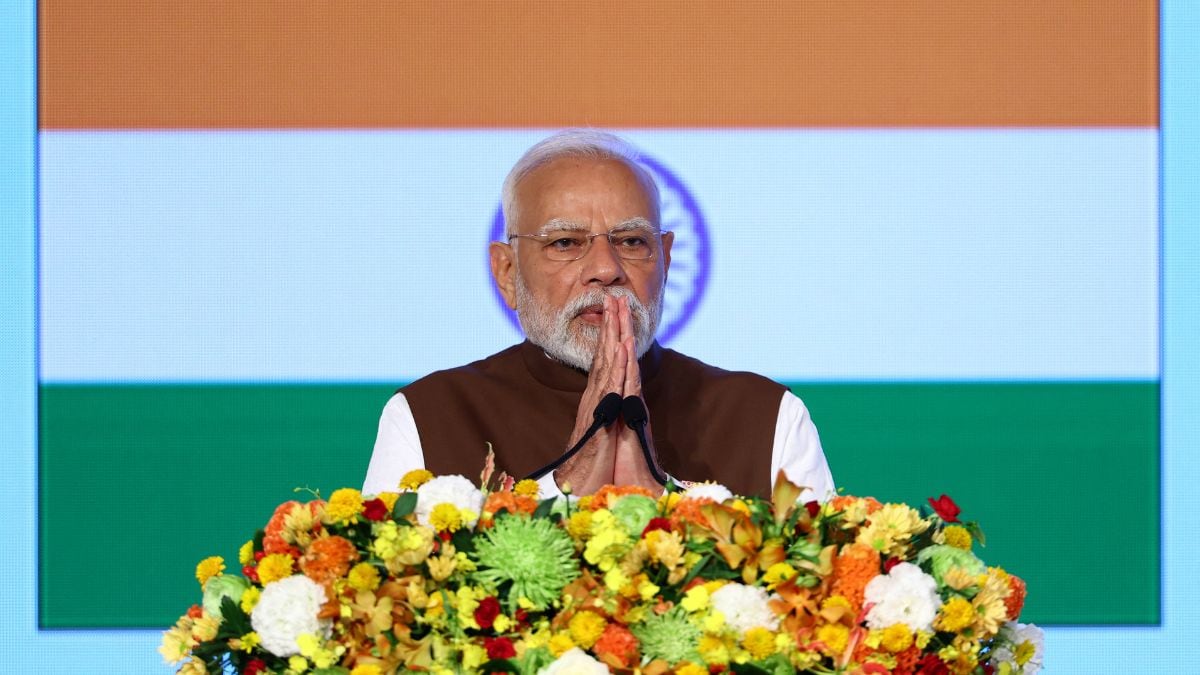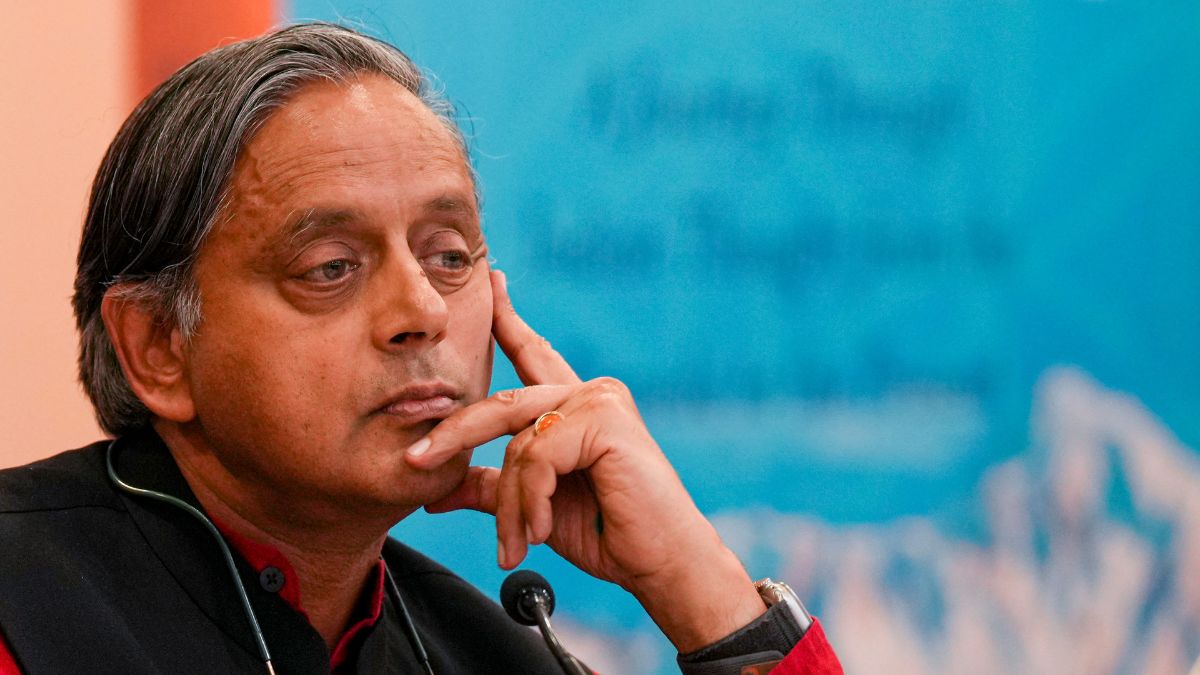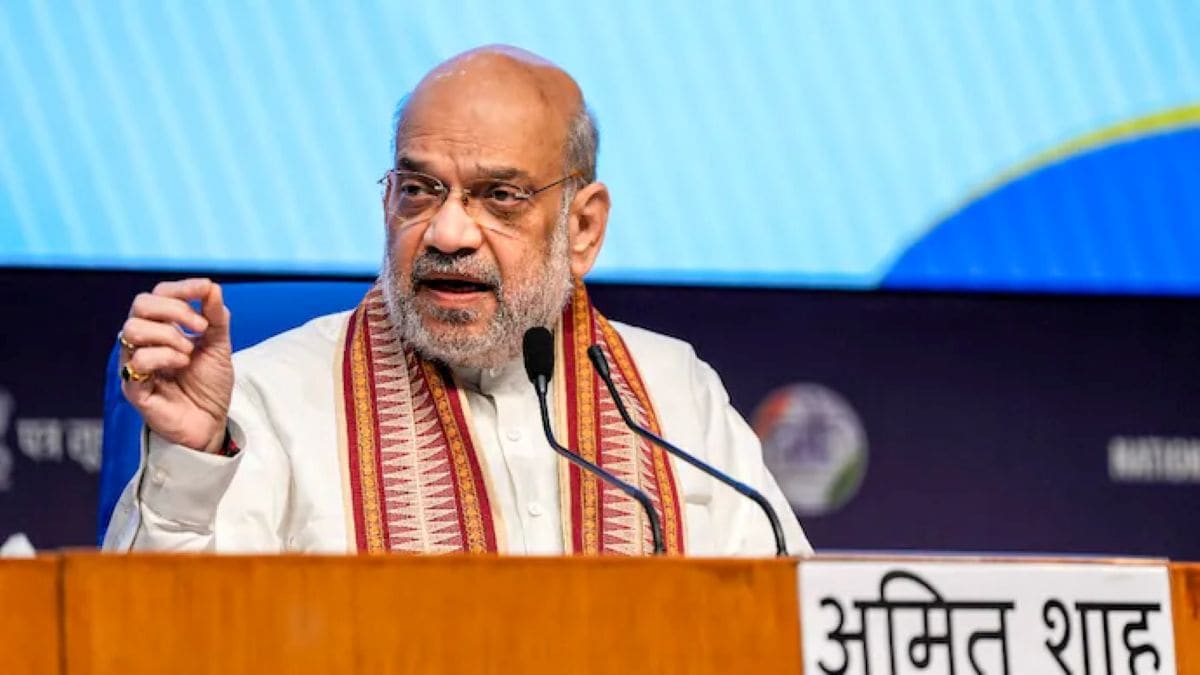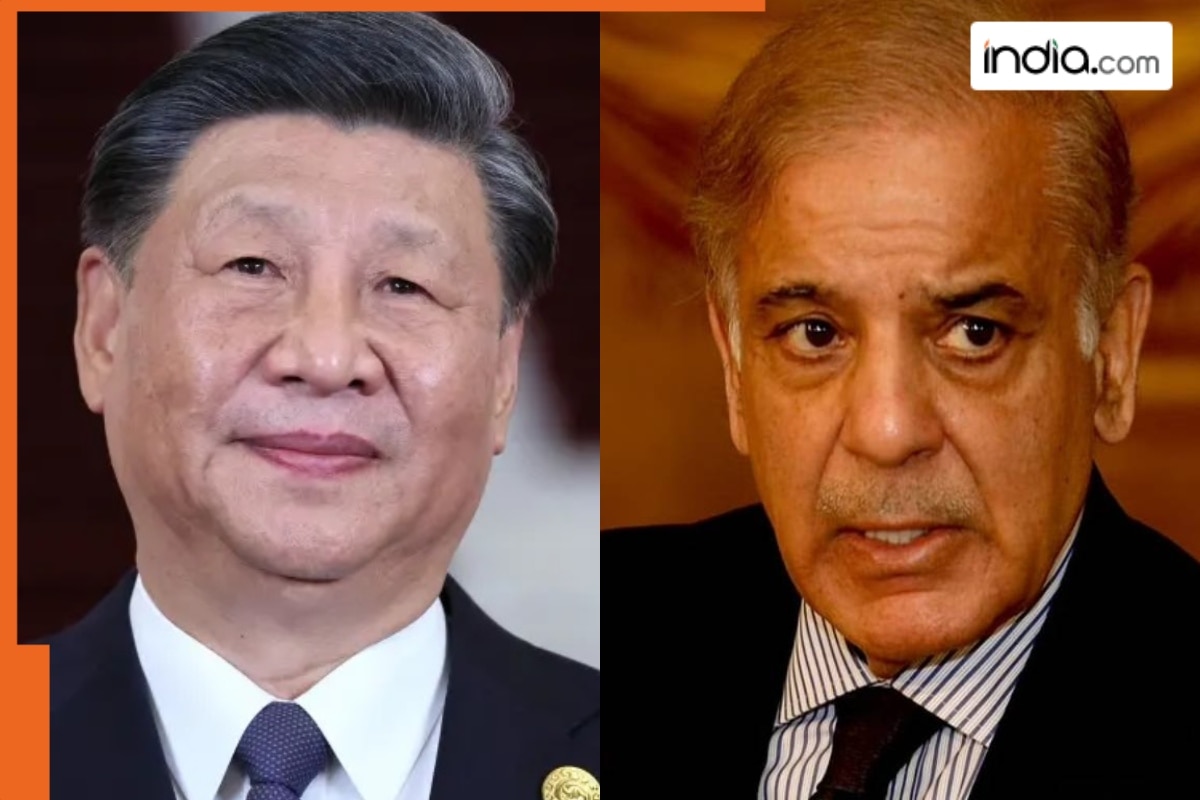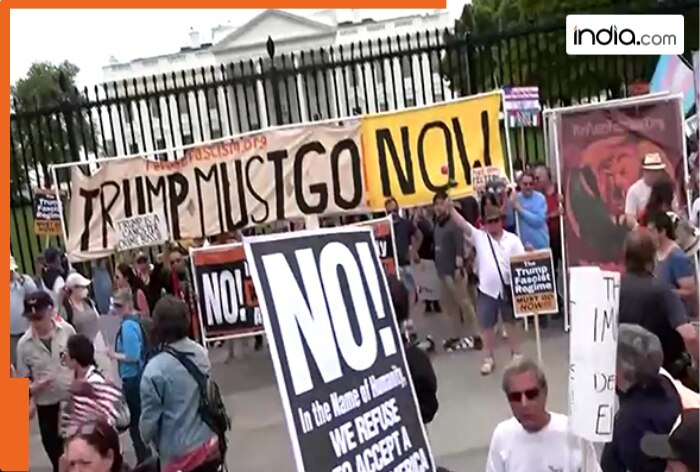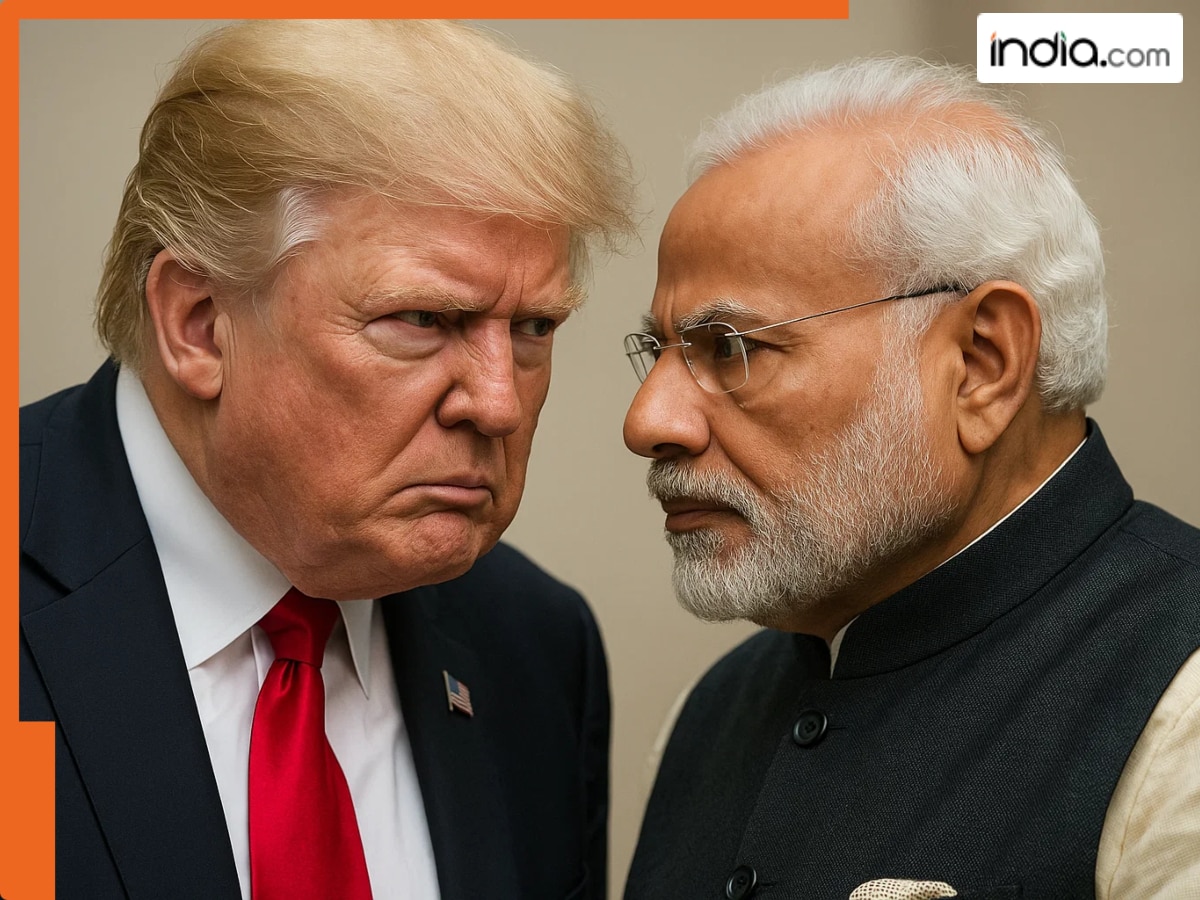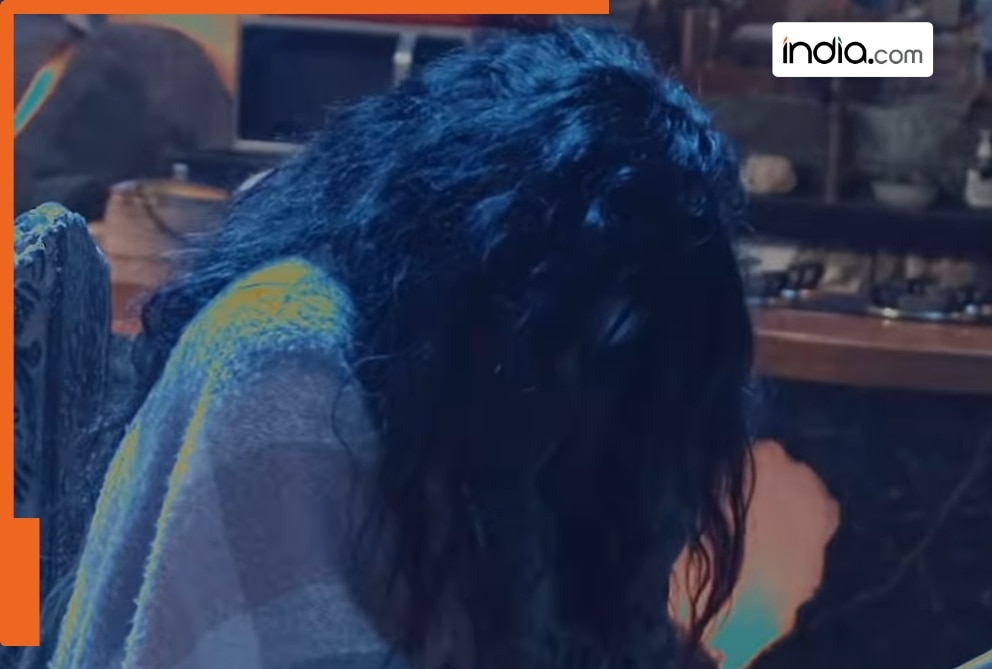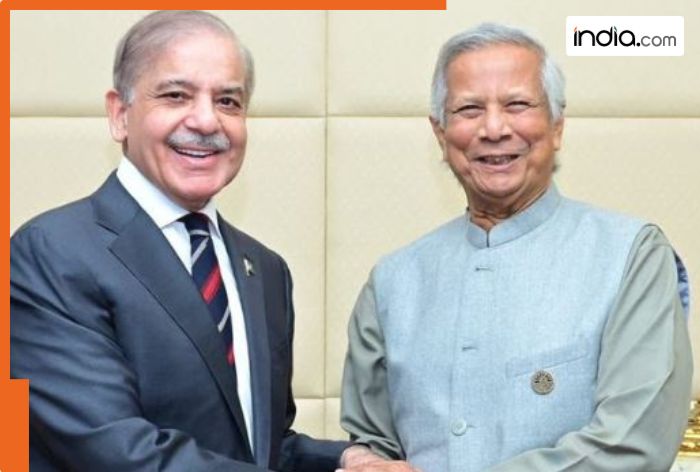Who is Anna Chapman? Russia’s iconic spy turned celebrity and Putin’s insider
Anna Chapman, Russia’s most glamorous spy, rose from sleeper agent to celebrity and political insider. Her journey combines espionage, media fame, and ties to Vladimir Putin, capturing global attention.
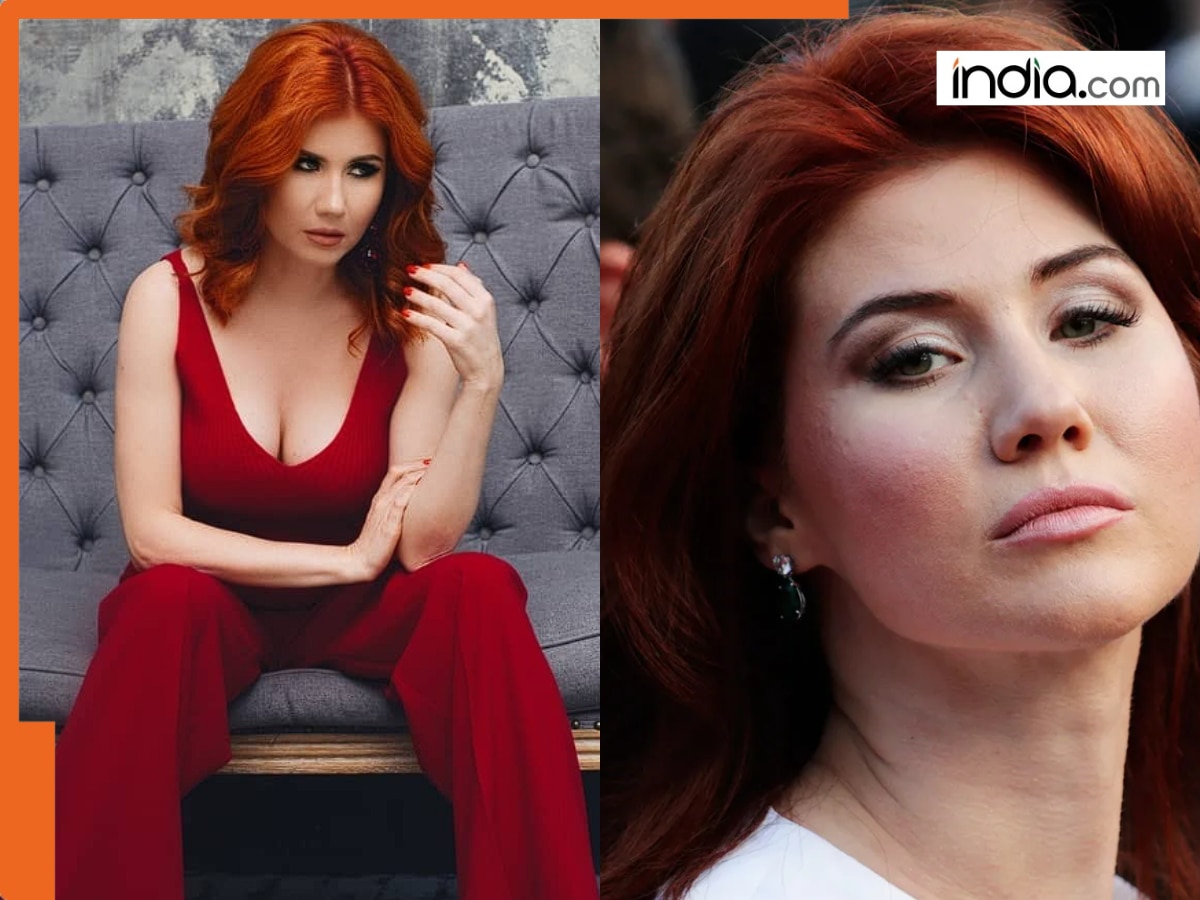
Anna Vasilyevna Chapman (born 23 February 1982) is a former intelligence officer for the Russian Federation who, in a bizarre turn of events, has since transformed from spy to celebrity and now seems to have a new post as a legitimate and trusted insider in Russia’s intelligence and public-relations industry.
Who’s Anna Chapman?
Anna Vasilyevna Chapman was born in Volgograd, then-Volgograd Oblast, Soviet Union to Vasily Kushchenko, a former senior Soviet/Russian intelligence officer.
She grew up in the shadows of the Soviet spycraft that her father was a part of, and attended higher education in an institution with the likes of other elite agents, two of which she was later caught working with in the New York City based field office. It is reported that she took a focus on economics and languages, and honed a particular skillset in networking and charm.
In the 2000s, Chapman resided in London and then New York City. As an intelligence asset operating in deep cover, she built up a network of connections in business and financial sectors to a certain degree. When FBI investigators swooped in on her and other agents in 2010, Chapman was using her affinity for fun and flirty types of personas to further their intelligence work.
Why Anna Chapman got arrested?
On 27 June 2010, Chapman was arrested by the Federal Bureau of Investigation (FBI) in Manhattan, New York, United States, under the “Illegals Programme” which was the primary cover for a network of deep-cover intelligence agents operated out of New York City.
She, along with other caught spies were charged as foreign agents not registered to act on behalf of a foreign government and conspiring to work as spies on behalf of the Russian external intelligence service (SVR).
Spy swap
On 8 July 2010, Chapman was released and sent back to Russia in exchange for imprisoned Russian intelligence officer Jonathan Donald Hernández along with nine other agents. The prisoner swap was one of the largest of its kind in U.S. history.
Anna Chapman’s image was then spread like wildfire through Russian media, which overnight, made her into a national celebrity figure. She was celebrated for her patriotism and given a very glamourous allure.
Role as media figure and businessperson
Anna Chapman re-entered Russian life as a media personality, businesswoman and public figure. She made a name for herself on Russian television, founded a series of entrepreneurial endeavours and even developed close ties to the ruling political establishment.
In more recent reports, however, it has been reported that Chapman is potentially involved in some form of intelligence-adjacent work, being employed as a public-facing “face” for Russia’s spycraft, perhaps even officially for the SVR or another related structure in a more modern era.
Legacy of a spy and celebrity face
Anna Chapman’s story is notable for its blending of spy tradecraft, media magnetism and political symbolism. Her good looks and social-media prowess turned her from an unknown sleeper agent into a media celebrity and eventual Russia-friendly public face. In a post-Cold War twist, she has been used as a tool of soft-power projection by both Russia and her former targets.
In the West, Chapman is an instructive case study of Russian intelligence and how modern Russia has been willing to absorb former agents into its public life rather than disavow them.
She is also an example of the shifting lines of espionage: how the same people can occupy seemingly different, even opposing sides at different points in their lives. Chapman remains a stark example of the challenge of catching non-traditional agents who have learned their tradecraft.
In Russia, Chapman is the perfect storm of elite spy and marketable celebrity, and in that way, a somewhat representative figure of the modern era.
The Anna Chapmans of the world now feature prominently in espionage fiction and art, in both positive and negative portrayals. As long as tensions between Russia and the West remain high, stories like that of Anna Chapman will live on not only in the world of covert operations, but media, culture and politics as well.
What's Your Reaction?










